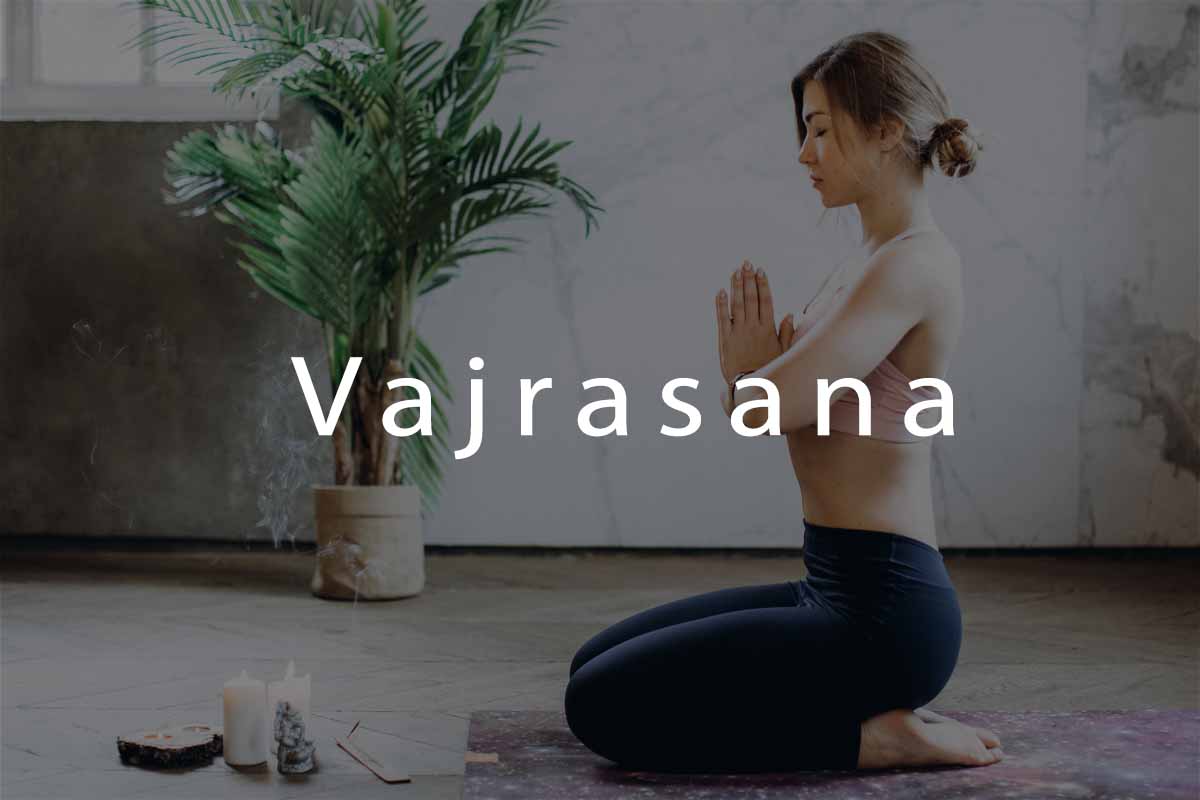Vajrasana is the base of several intermediate or advanced asanas in Hatha Yoga. The posture has frequently been used as a preferred way of sitting, specifically in Japanese culture (referred as Seiza in Japanese Language). The Zen and Muslim people use this pose for prayers. the Asana is also considered ideal by practitioners to meditate.
Etymology of Vajrasana
The name “Vajrasana” is made up of two Sanskrit words- “Vajra” denoting thunderbolt or weapon of Hindu God Indra, and “Asana” Meaning pose. The term Vajra is also used to denote the steadiness or strongness of a thing. While performing this asana, the practitioner assumes an erect and immovable position, denoting the highest level of steadiness.
Performing Vajrasana
1. Stand on your knees on the floor.
2. Position your feet in such a manner so that your heels are part from each other and big toes joining each other.
3. Sit on your lower legs and balance your body weight on your lower legs equally.
4. Keep your hands on your knees.
5. Keep your backbone straight and breathe normally. while sitting in this pose, you can either fix your eyes on an object or a mark placed in front of you. This will help you concentrate.
6. Beginners can sit in this position for five minutes at the beginning and can gradually increase their time. Intermediate or advanced level practitioners can sit in this position for a longer time.
Precaution for Beginners
1. In case of stiff joints, beginners can put a folded towel beneath their arch ankles.
2. Beginners who feel pain in the knees or uncomfortable in performing this asana, may keep a folded towel or blanket under their knees.
3. beginners may feel pain in the ankles and knees. It is advised to gently massage these areas after performing asana in order to relieve muscles from the pressure and improve blood circulation.
Benefits of performing Vajrasana
1. Helps in curing sex related and urinary problems
2. Helps in digestion, if performed after the meals for at least 20-30 minutes.
3. Helps in curing menstrual disorders and helps in pregnancy.
4. improves blood circulation in the pelvic region, thus helping in curing piles and hernia.
